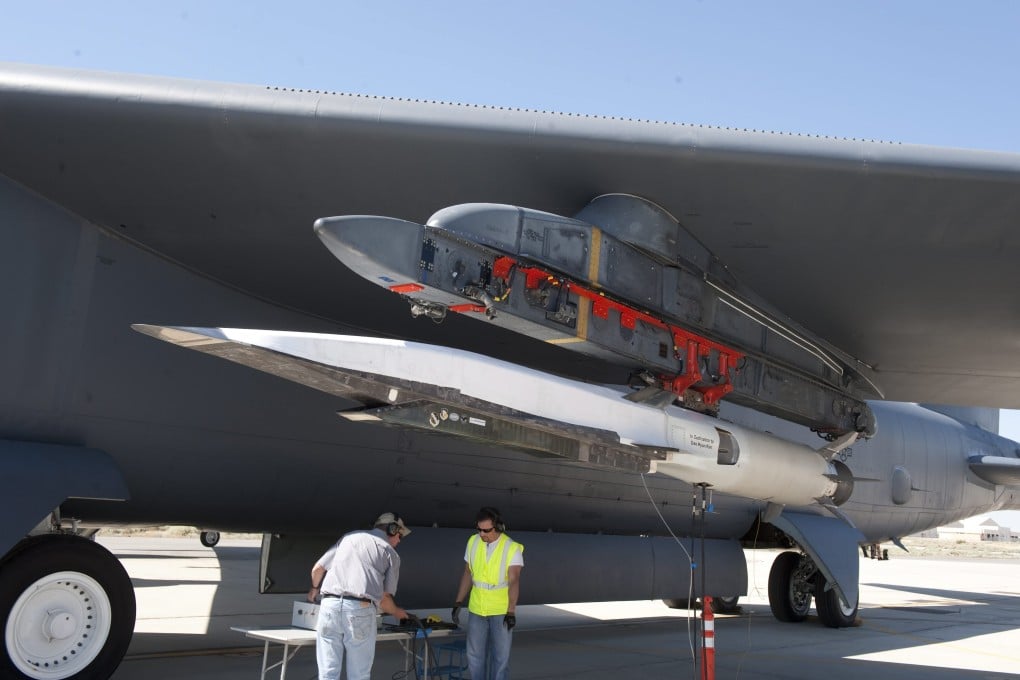Report of Chinese scramjet test a challenge to most-advanced missile defence systems
- Engine built for China’s classified hypersonic strike weapon hits 600 seconds in ground test
- A 10-minute scramjet boost to a weapon could give it a range of over 4,000km at top speed

A scramjet engine built for China’s hypersonic strike weapon can run at maximum boost for at least 10 minutes, the longest in the world.
In a ground test in Beijing, Dr Fan Xuejun and colleagues from the Institute of Mechanics fed extremely fast, super-hot air into the engine and took the burn to the maximum for 600 seconds, according to an article posted on the institute’s website last month.
Since 2013, the United States Air Force X-51A Waverider has held the duration record with a 210-second burn that pushed the plane to Mach 5. In 2016, an Indian test vehicle reached Mach 6 with the engine running for just five seconds.
The Chinese breakthrough was based on the “world’s first systematic investigation into the effect of hydrocarbon fuel state change on the performance and stability of supersonic combustion”, the article said.
The Institute of Mechanics was founded by Dr Hsue-Shen Tsien, the founding father of China’s rocket programme and developer of some of the world’s earliest hypersonic flight models in the 1940s.